SUMMARY
This is AI generated summarization, which may have errors. For context, always refer to the full article.
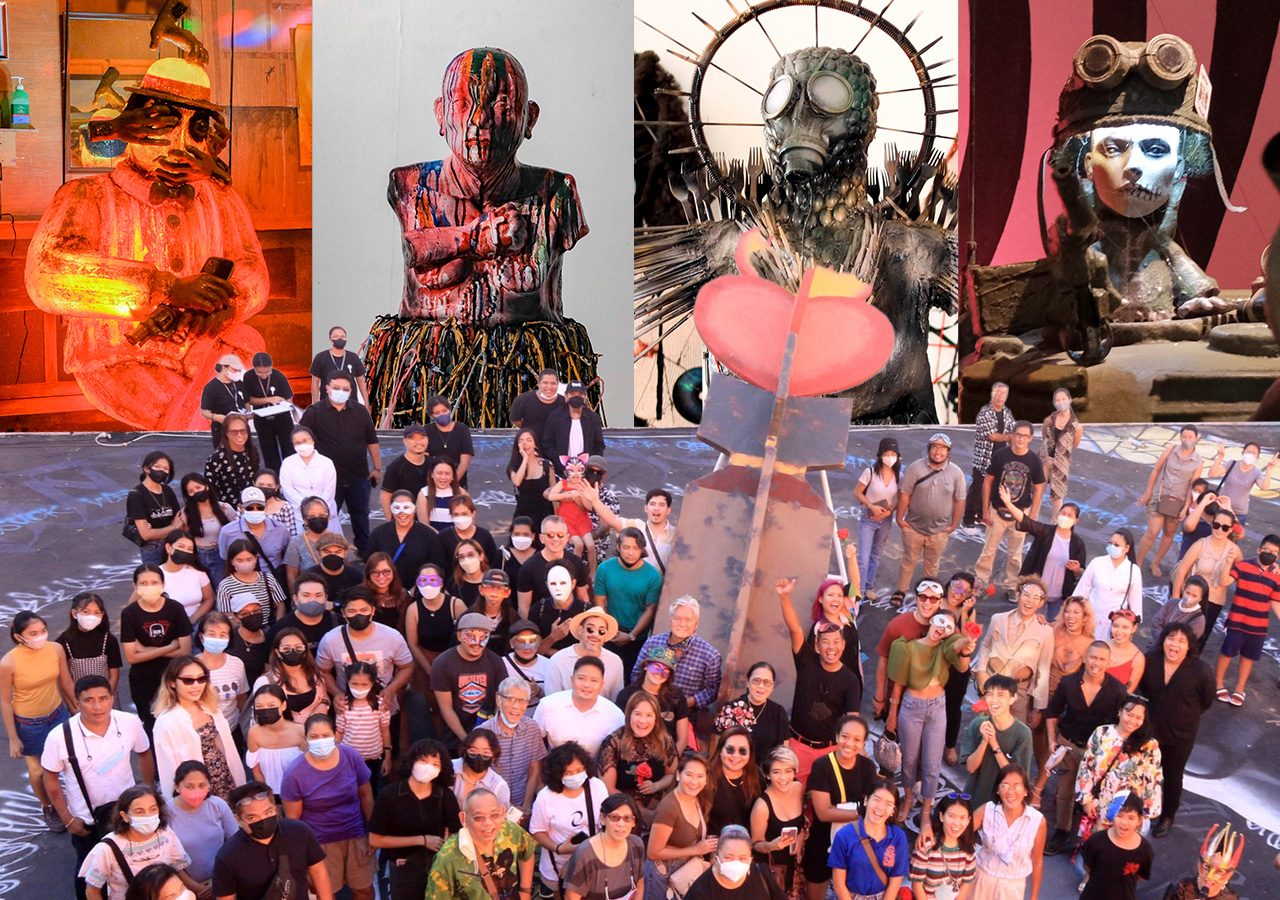
Crowds streaming into Bacolod City’s Art District are stopped cold by a towering brass sculpture.
It looks like a prehistoric bird of prey or an alien about to rip off someone’s home and bash it into nothingness.
But then a small turn soaks the eyes in vibrant colors, and the would-be monster turns into a giant kid playing with building blocks. From yet another angle, it looks like a mother cradling a child.
Rock On by Rafael Paderna brings back memories of Bacolod’s rowdy young turks in 1980, when local artists helped conceptualize the first MassKara festival as Negros Occidental entered the toughest years of the sugar crisis.
Paderna was part of the Art Association of Bacolod (AAB), which would later split as its members’ politics changed.
Still, Bacolodnon artists maintained their ties, marching to different beats but coming together when the local community needed them.
This bigger-than-life work of Paderna – who left for the United States in the latter 1980s, sidelining art for livelihood only to return and embrace it once more – is perhaps the best analogy of the art scene in the capital of Sugarlandia, which is celebrating its 43rd MassKara Festival.

Rock On acknowledges hard knocks and the struggle to transcend these. It is not simply “moving on.” It is moving forward with the lessons of the past.
Rocking on is what local artists did in the 1980s, bringing playful hues to social realist themes that depicted hunger, human rights violations, or the degradation of lives in the struggle for survival.
Rocking on is what local artists did when the COVID-19 pandemic threatened their livelihoods.
Rocking on is what they do in this ironic “Balik Yuhum,” Bacolod City’s 43rd MassKara Festival.
Creative tension
MassKara was born to uplift Negrenses from a sugar crisis spawned by Ferdinand E. Marcos’ corrupt rule.
This year, its guest of honor is the dictator’s son.
Bacolod’s new mayor, Albee Benitez, the son of Imelda Marcos’s deputy of human settlements, gave her son a narrow 10,000-vote win in the city during the May 2022 elections.
Benitez, however, is a live-and-let-live political leader. His campaign slate included some of the most hard-line anti-Marcos politicians in the city.
The mayor’s MassKara team also includes key campaigners of defeated presidential candidate Leni Robredo.
Artists who campaigned for Robredo created the opening installation at the Bacolod City government center.
Besides, the natural tension between ruling politicians and progressive artists is as much a part of the MassKara as the grinning masks and rivers of booze that flow during an almost month-long revelry.
Artists collaborated with the city government to help ease collective despondence in the 1980s. But they also exercised independence with in-your-face artworks that forced the elite – who would also buy their works – to confront their role in the crisis.
This sometimes uncomfortable symbiosis is what makes Bacolod’s art scene so vibrant.
“Their commentary on the contemporary experience shows how alive the arts are in Bacolod and Negros in general,” Rep. Francisco “Kiko” Benitez, the more academic of the Benitez brothers, said during the opening on Sunday, September 16.
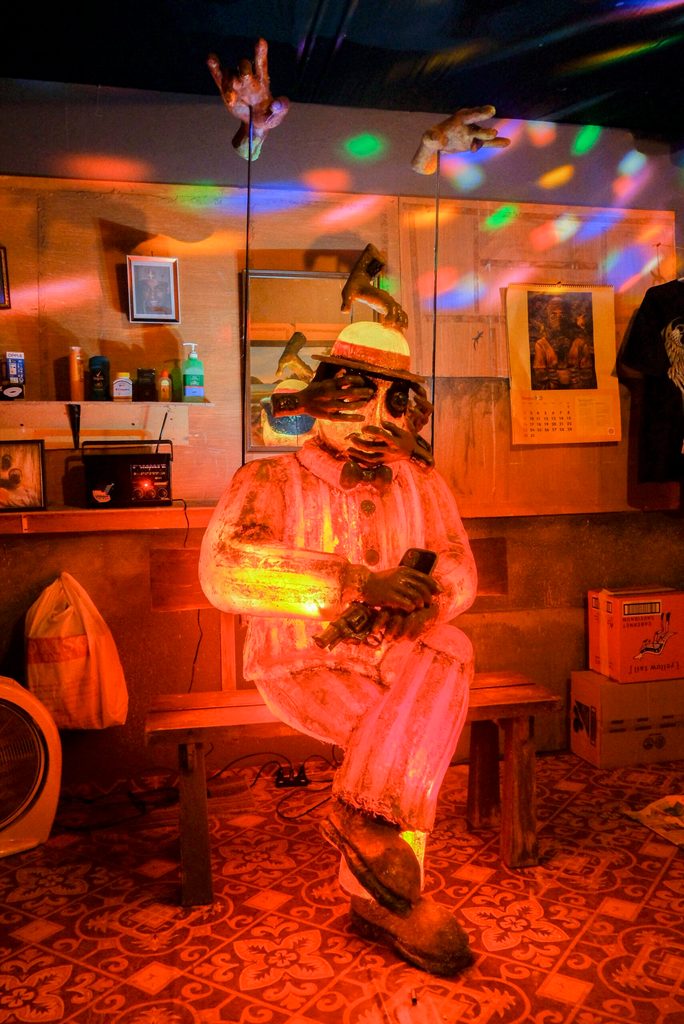
Love in the time of carnage
Elemental Majica is a feast for the eyes, the heart, and the mind, showcasing senior and young artists tempered by strife, hunger, illness, and dispossession.
More than 60 artists, including students, created installations, sculptures, paintings, music, dance, and even an interactive AI installation – all in a block of prime real estate called the Art District.
Businessman Bong Lopue’s passion, the art district’s low rental allows beginner and established artists to flourish in an exchange of energy.
Grit and polish exist side by side. The district’s anchor, Charlie Co of the Orange Gallery, shows as much enthusiasm for the weekend stalls that introduce up-and-coming artists as he does for ritzy exhibits.
Atomic Love, the art installation by Tristam Miravalles, Micki Boy Pama, Brandon Braza, Zabiel Nemenzo, Zanna Jamili, Zander Lopez, and Megumi Miura, takes off from the war in Ukraine. It has a quirky, retro, flower-child flavor, love bombs in the form of floor graffiti by John Crimson, Chester Somes, and Aneks.

At the Orange Gallery entrance, JunJun Montelibao’s Circus Owl leads to Faye Abantao’s environmental mural.
Perry Argel, 65, one of the original founders of Pamilya Pintura, the rebellious artist group from the mid-’80s, installed an inner door from trash and other found objects.
Joe Geraldo, a sculptor who retains strong social realist expressions, has a huge angel of death in a gas mask.

Closer to home is his bust of a man, red streaming down his face, with a hand over the heart, where it rests during the national anthem, but clenched around a cross.

Neil Benavante’s installation is likewise a raw depiction of conflict, showing a tank and driver, mini bombs falling, hands emerging from the ground, and an array of howling animals.
His collaboration with Co, Balay ni John D is just as powerful, a reminder of Rodrigo Duterte’s “Tokhang” regime.
A creature brandishes a gun above a covered figure representing a victim of the former president’s mad war. Floating hands with strings attached to the gunman signifies the powers behind the orders to kill.
Yet as you follow the gunman’s stare, you are met by a peaceful painting by Leah Samson.
Is it hard-earned peace, the fruit of fighting against inhumanity, or is it the peace of the graveyard, or the willfully blind?

It will take days to soak in the wealth of artistry; a good thing the exhibit runs for three months.
On the opening day, Kitty Cooper and other Mandala Centering Place dancers mesmerized as they moved pleated cloth in a sensual dance to wholeness. Above them floated five masked aerial figures by Samson, Leizel Dator, Carmel Hibaler, Joy Delliva, and Dennis Valenciano, who spent days observing the Mandala artists.
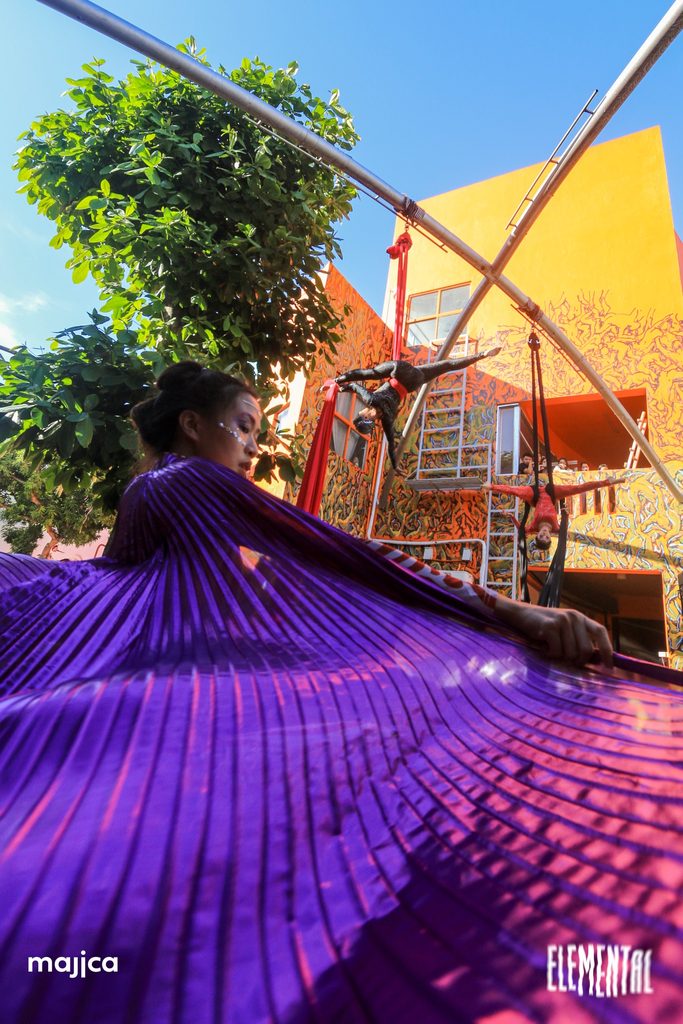
There is no message deemed unworthy.
Five fashion design students from Carlos Hilado Memorial State College in Talisay led by Red Santillan created another striking installation, encouraged by Co when they came to bewail the possible closure of their curriculum.
Majica provides a platform for artists of different perspectives at the annual Masskara Festival, said artist Guinevere Decena. “This core of coming together to work in an environment of harmony is the challenge, the message, and the magic.”

Local with a global outlook is what Co dreams of this new cadre of artists.
He brought in Andre and Juliana Vrady, Russians by origin and both now residents of Germany, and their interactive AI with a “patented mood converter software.”
They have been filming the artists at work in the last 15 days, capturing emotions in bursts of colors – red for anger, yellow for joy, every gamut of sentiment turning into abstract art.
It is a dialogue between humans and technology, just as Majica is a continuing convocation on the realities and fantasies of MassKara. – Rappler.com
Add a comment
How does this make you feel?
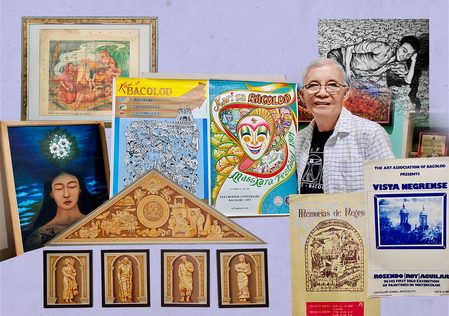


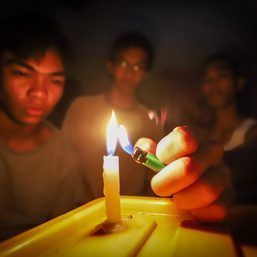

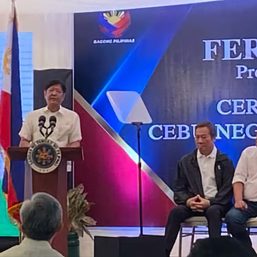
There are no comments yet. Add your comment to start the conversation.